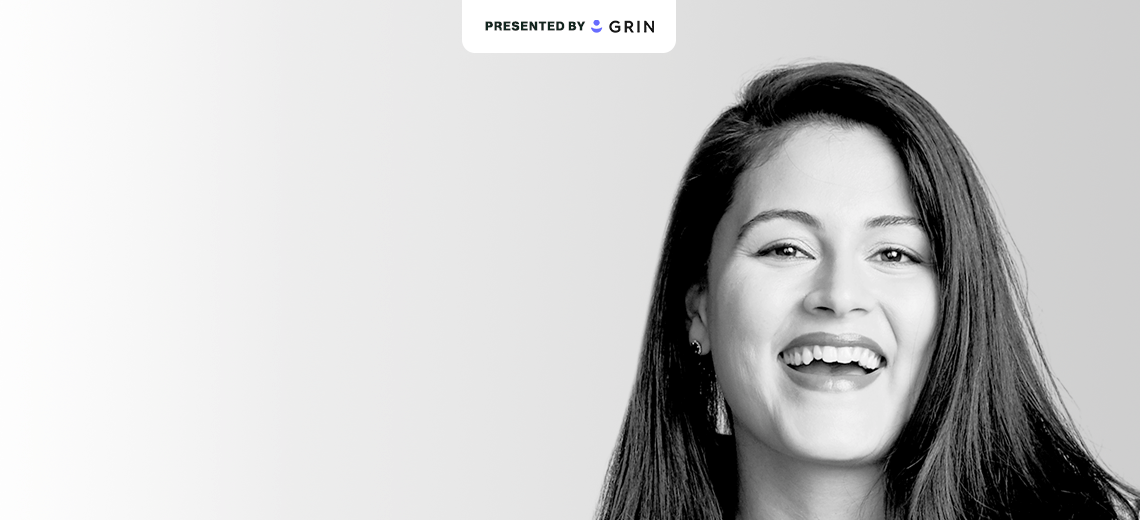This is an episode of the Glossy Fashion Podcast, which features candid conversations about how today’s trends are shaping the future of the fashion industry. More from the series →
Subscribe: Apple Podcasts | Stitcher | Google Play | Spotify
Eight years ago, Nadia Boujarwah launched fashion styling and e-commerce company Dia & Co to cater to women wearing sizes 10-32. This customer segment has long been neglected, but according to Boujarwah, brand interest in serving the demo is at its height.
“The social calls for inclusivity have never been more pronounced,” she said on the latest Glossy Podcast. “Inclusivity has really moved into the limelight in the last two years.”
She added, “We’re hopeful we’re at the beginning of the next renaissance of plus-size fashion, where both the social imperative and the inventory availability finally meet”.
Old Navy recently laid the foundation for such a renaissance by launching inclusive sizing, pricing and merchandising across its women’s product portfolio. Of course, not every brand can afford to make such an investment in the category — but doing so isn’t needed to forward progress, Boujarwah said.
“Our advice to brands is to just start [offering plus-size options],” Boujarwah said. “As long as the customer knows they’re on a journey with you – where things are going to get better, and that is communicated clearly – the endpoint doesn’t have to be today.”
In addition, Boujarwah discussed Dia & Co.’s strategic use of data, approach to fundraising and evolving business model.
Ad position: web_incontent_pos1
Below are additional highlights from the conversation, which have been lightly edited for clarity.
The evolution of the company, and inclusive fashion
“This is an area of fashion that has seen a more rapid evolution than any other. Because if you fast-forward from 2014 to 2018, the conversation had fundamentally changed. Every retailer was starting to think about what a more inclusive sizing strategy could look like. And by the end of 2018 and into 2019, dozens of retailers who had never had anything above a [size] large, extra large, 12, 14 or 16, all of a sudden did. And it was an incredible moment of progress in our category. And as that happened, our role also evolved. We’ve always seen ourselves as the problem solver for the customer. The problem was originally access and supply — a lot of the early days of Dia were [focused on] building brands ourselves and working on collaborations, and truly bringing better products to market and helping her navigate the [market]. Today, the role that we play is much more oriented in helping all the brands that have actually invested in expanding their sizes finally reach this customer and helping our customer finally reach the brands she’s wanted [to wear] the most.”
The 3 investments needed to successfully launch inclusive sizing
“One of the perils of the plus-size market is that, because it’s so underserved, it’s easy to think that it will be easy to have a business in the category. The truth is that it’s just not, in any way, easy. That’s because none of the connective tissue exists to make that transaction possible. Brands have increasingly been willing to make the needed investment in the [development of products in the category]. They’ve also been increasingly willing to put dollars into inventory. But the third major bucket of investment has to do with brand awareness and actually telling the customer that you’re there. When you have, for a long time, not served this customer, your job is not actually brand awareness. They often know [the brand]. What they don’t know is that it carries their sizes. And the reality is that that’s a much higher hurdle to overcome, because customers in our sizes are extraordinarily ad-blind to brands that are speaking to them for the first time. It’s not that they haven’t seen those ads before, but they just intuitively believe that it’s not for them. And so once all this investment has been made in product development and inventory, brands hit a wall [in terms of] sales materializing. And it’s that final bit that has been the nail in the coffin for a lot of these endeavors.”
1 company, 2 business models
“We have two sides of our business, and they work together very well. We have a styling business, where customers who are looking for a higher-touch experience can work with a stylist to have that discovery and styling experience that is uniquely possible when there’s a human involved in the process. And then we have the more traditional-looking e-commerce side of the business, which is much more around customers choosing what they want themselves. Of course, we’re always available for support, but it’s otherwise a self-directed experience. The marketplace component lives on the e-commerce side… The nice thing about the marketplace side of our business is that it allows brands to have efficiency in the inventory they already own, because they fulfill the [orders]. For Universal standard, for example, we pull from the same inventory base as they do. And so wherever the sale occurs, they’re able to sell the inventory, and it doesn’t add inventory holding costs or other costs for them to be able to do so. Certainly, the marketplace side is growing faster than our styling business ever could, from an asset intensity perspective. That’s just given the flexibility and how much technology can do to make that a simple process.”




